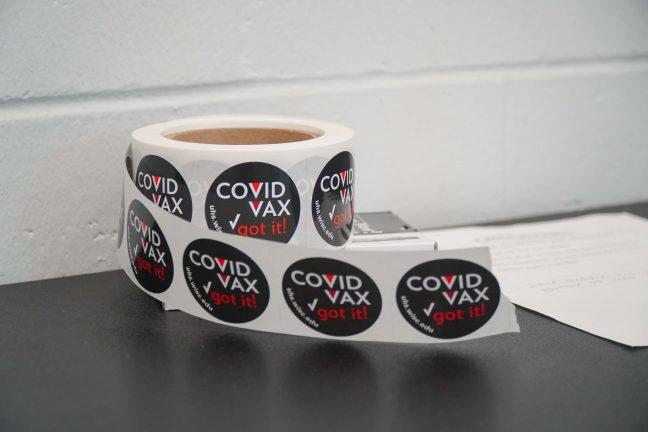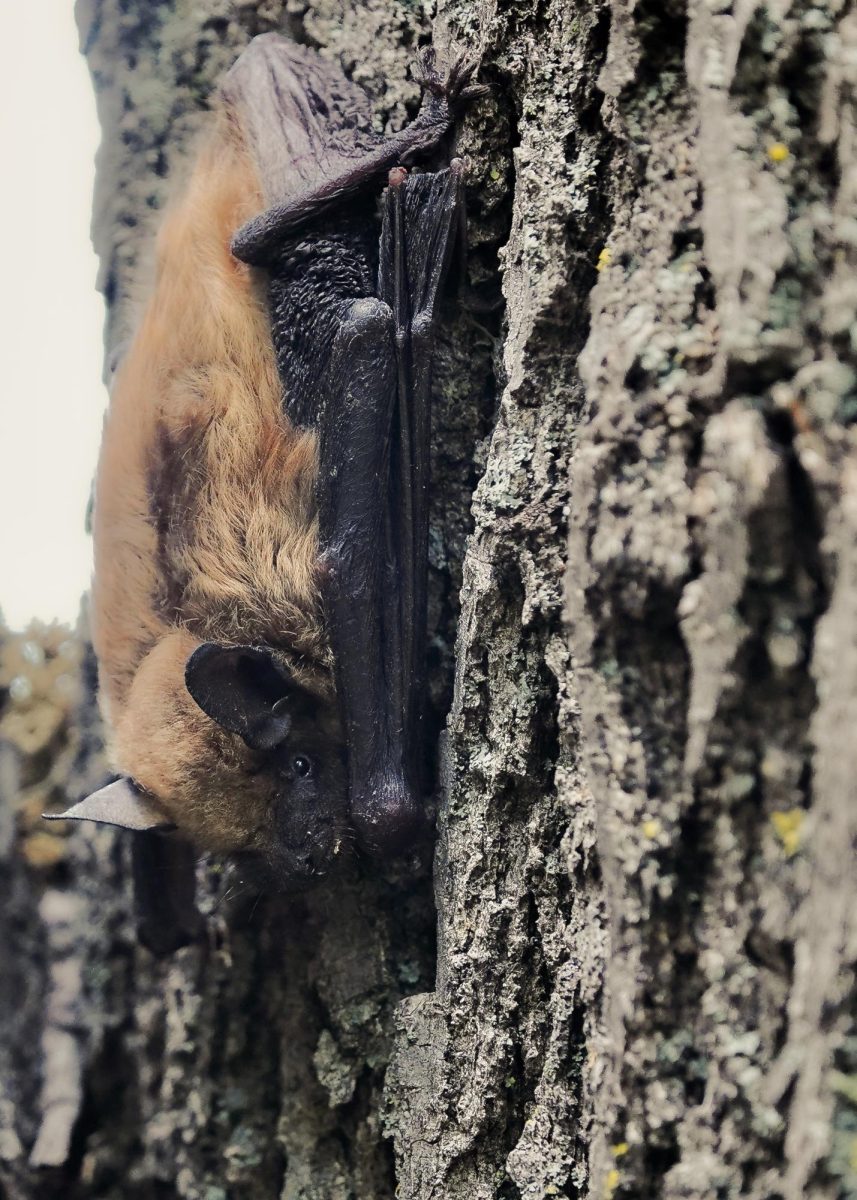Sometime in the future, doctors treating a patient infected with COVID-19 or lung cancer could administer a revolutionary new pharmaceutical therapy created by Madison-based biotech Nano RED.
Carried by the bloodstream to the lungs, Nano RED’s therapy binds to the surface proteins on lung cells that the virus typically latches onto. When a viral particle comes across the lung cells, it finds all its binding sites taken. Like a car searching for parking on game day, the virus is forced to circle since it can’t latch on to the cells. Eventually, it is discovered by the immune system and destroyed.
The start-up Nano RED has ambitious goals for its new pharmaceutical platform. Although the therapy is still in its infancy, Nano RED won a small victory earlier this month, beating out four finalists in the Greater Madison Chamber of Commerce Pressure Chamber competition, a Shark Tank-like event where start-ups pitch their ideas in front of a live audience. In doing so, the company won the opportunity to present their platform to investors in Silicon Valley.
“It’s been a really rewarding journey,” co-founder Dr. Johnathan Ebben said. “I would say that we’re still very much at the beginning of this journey — there’s an awful lot that we still need to do in terms of the work that has to go into the platform that we’re developing.”
UW Health focuses on improving diversity in COVID-19 vaccine clinical trials
The therapy takes a two pronged approach. In addition to hogging up potential viral binding sites, if the virus is able to bind to the cell and inject its own genetic code, it gets plugged up by complementary genetic code injected into the cell by the therapy platform, Ebben said.
The complementary genetic code is known as short hairpin RNA, or shRNA for short. Normally viruses infect by injecting their own genetic code into cells. The infected cells then produce numerous copies of the virus, which go on to infect other cells. But in a cell that has been delivered shRNA, the shRNA binds to the viral genetic material — neutralizing it.
“The goal is to prevent infection in the first place, but in individuals who are already affected, it binds to that same receptor and releases these shRNAs which interfere with translation of the SARS-CoV-2 genome,” Ebben said.
The group has already demonstrated how their shRNA cocktail offers cells some protections, including the ability to knock down portions of the SARS-CoV-2 genome by 90%, Ebben said.
Nano RED’s journey began in 2015 when Ebben — a graduate student at the time — and two postdocs entered a challenge sponsored by the National Cancer Institute to present a compelling business plan for turning promising technologies into functional medicine. The platform was originally designed to deliver pharmaceuticals to lung cancer cells.
When the COVID-19 pandemic struck, the company decided to change focus. As an internal medicine resident working in the ICU in the spring of 2020, Ebben witnessed patient after patient succumb to the disease.
“That triggered a little bit of a paradigm shift from us,” Ebben said. “So we developed a totally separate platform where we took the shell of the virus and reprogramed it, essentially ripping the guts of the virus out so that it’s not infectious anymore and reloading that shell of the virus with a therapy called shRNA.”
Although the delivery mechanism relies on a virus-like particle to deliver shRNA, it is completely nonfunctional as a virus, Ebben said.
Before the group can move onto clinical trials in people, they must solidify their proof of concepts, prove that their therapy is non-toxic and then test it in animal models. Ebben hopes with funding from Silicon Valley, the team can start conducting Phase 1 clinical trials in 20 months.
Biotech company makes new discovery in hormone imbalance research
Reflecting on his academic journey, Ebben highlighted the importance of having great mentors who were able to guide him on how to develop ideas using the scientific method. Every one of Ebben’s summers as an undergraduate were spent researching glioma cancer stem cells with physician scientists at UW.
At the graduate student level, Nano RED is working with UW’s Biotechnology Training Program to identify students interested in a short internship with the start-up, Ebben said.
“It can be pretty daunting as an undergrad to be looking at these big questions thinking, I’m just an undergrad, I can’t necessarily do anything,” Ebben said. “That’s not true. There are always labs looking for undergraduates that are eager to train people, and it really, really is possible to make a contribution.”













